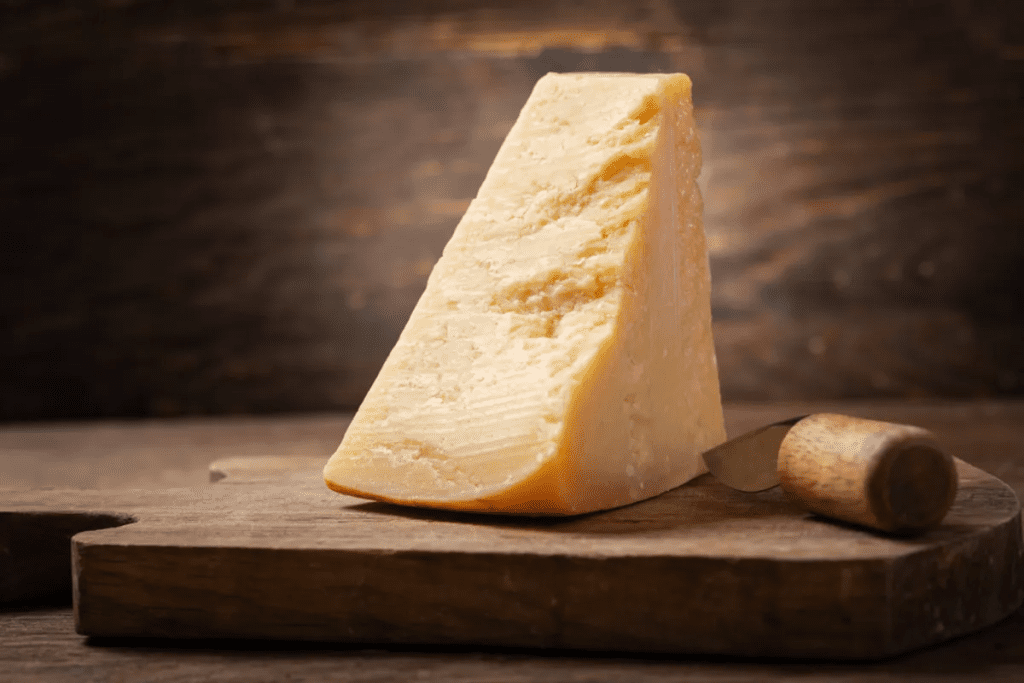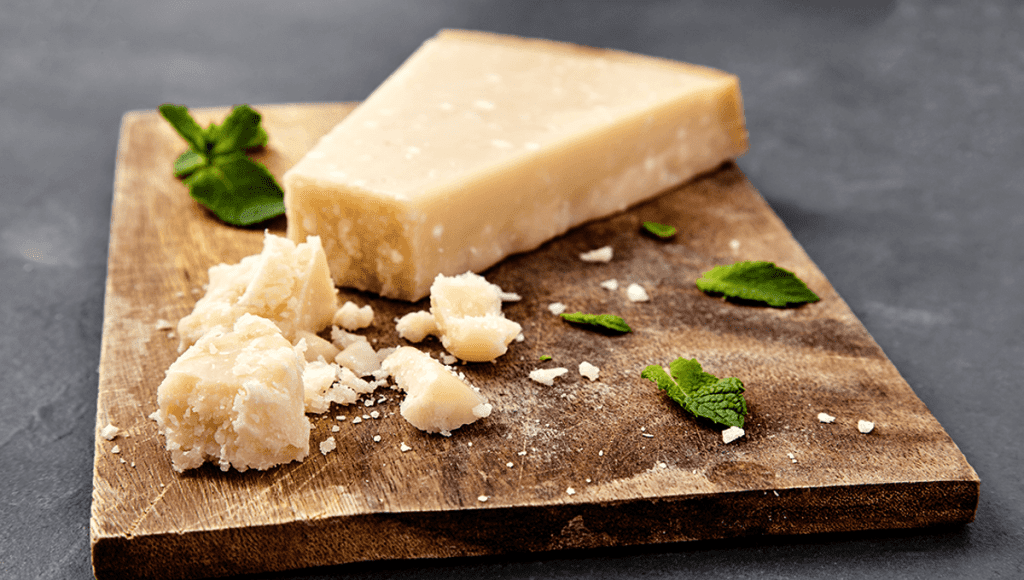Every now and then, the internet shines a spotlight on a common food product, sparking curiosity about how it’s actually made. Recently, Parmesan cheese has found itself in the center of this curiosity, surprising many with its traditional production methods. Whether you’re a food enthusiast or simply someone who’s had Parmesan sprinkled on their pasta, you might be shocked to learn the details behind its creation—particularly if you’re vegetarian or vegan.
Let’s dive into how Parmesan cheese is made and explore why some aspects of its production may raise eyebrows.

What Is Parmesan Cheese?
Parmesan, or Parmigiano-Reggiano, is a hard, granular cheese that hails from Italy. Known for its nutty, salty flavor and crumbly texture, it’s a staple in many dishes around the world, from pasta to salads. Parmesan is not just a flavor booster—it’s also a cheese that has a rich history and a carefully regulated production process.
Authentic Parmesan can only be produced in certain regions of Italy, including Parma, Modena, and Reggio Emilia. The cheese is crafted using a specific method that’s been passed down through generations, ensuring the same traditional taste and quality.
The Key Ingredients in Parmesan Cheese
1. Cow’s Milk The foundation of Parmesan is cow’s milk, but not just any milk will do. The milk used must come from cows that are fed a specific diet, including fresh grass or hay. This high-quality milk plays a crucial role in the flavor and texture of the cheese.
2. Rennet This is where things get interesting—and, for some, uncomfortable. Rennet is an enzyme that helps coagulate the milk, turning it from liquid into solid curds. But traditional Parmesan isn’t made with just any type of rennet; it’s made with animal rennet, which is derived from the stomach lining of unweaned calves.
For many vegetarians and vegans, the use of animal rennet is a dealbreaker. As the enzyme is sourced from the stomachs of baby cows, it raises ethical concerns for those who avoid animal products for moral or dietary reasons.
How Rennet Works in Cheesemaking
Rennet’s role in Parmesan production is crucial. After the cow’s milk is heated in large copper vats, rennet is added. The enzyme chymosin, found in animal rennet, helps coagulate the milk, separating the solids (curds) from the liquids (whey). This process forms the base of the cheese, giving Parmesan its firm texture.
Without rennet, the milk wouldn’t form into curds, and the cheese wouldn’t develop its signature taste and texture. While there are alternatives to animal rennet, such as microbial or vegetable-based rennets, most traditional Parmesan producers stick to the animal version to maintain the authenticity of the product.
Why Parmesan Isn’t Vegetarian-Friendly
The use of animal rennet is why Parmesan cheese is not considered vegetarian by many standards. Since the rennet comes from the stomachs of baby cows, Parmesan and other cheeses made with this enzyme are off-limits for those following a vegetarian diet.
For vegetarians and vegans, this can be surprising—and a little upsetting—since Parmesan is so widely used. Many people assume that all cheeses are vegetarian, but in fact, a large portion of traditional cheeses, especially those like Parmesan, involve animal-derived rennet.
The Aging Process: How Parmesan Develops Its Flavor
After the curds are formed, they are packed into molds and submerged in a salt brine. This brine helps develop the cheese’s signature flavor and acts as a preservative. From here, the cheese wheels are aged for at least 12 months, though some can age for as long as 36 months.
The aging process is what gives Parmesan its distinct texture and sharp flavor. As the cheese ages, it develops the hard, crumbly consistency and deep, umami-rich taste that’s loved worldwide. Longer aging periods result in stronger, more complex flavors, which is why some Parmesan cheeses are aged for years before being sold.

Are There Vegetarian Alternatives?
With growing awareness of animal-derived ingredients in cheese, some cheesemakers have started producing Parmesan-style cheeses using vegetable or microbial rennet. These rennets are typically derived from plants or fungi, offering an alternative that aligns with vegetarian and vegan diets.
While traditionalists may argue that nothing compares to authentic Parmigiano-Reggiano, these alternatives have gained popularity among those who still want to enjoy the flavor of Parmesan without the ethical concerns. If you’re a vegetarian, it’s always a good idea to check the label or ask at restaurants if the Parmesan being used contains animal rennet.
What’s the Impact on Vegetarians and Vegans?
The revelation that Parmesan contains animal rennet has been a wake-up call for many vegetarians. With Parmesan so widely used in cooking, from pasta to salads, it’s easy to overlook the cheese’s non-vegetarian status. Many vegetarians unknowingly consume Parmesan because it’s often not considered an “obvious” meat product.
For vegans, who avoid all animal products, this is less surprising, as cheese is already off the menu. However, the discussion around rennet has contributed to a broader awareness of hidden animal ingredients in food products.
Conclusion: To Eat or Not to Eat Parmesan?
Whether you continue to enjoy Parmesan cheese after learning about how it’s made comes down to personal preference and dietary choices. For those who follow a vegetarian or vegan diet, Parmesan made with animal rennet is often a no-go. However, thanks to modern cheesemakers, there are alternatives that offer the same rich flavor without the use of animal products.
Ultimately, understanding what goes into your food is key to making informed choices. Parmesan cheese, with its rich history and traditional production methods, may not be suitable for everyone, but it certainly has its place in the culinary world. Whether you stick with the classic or opt for a plant-based version, knowing how your favorite cheese is made will definitely give you a new appreciation for it.


